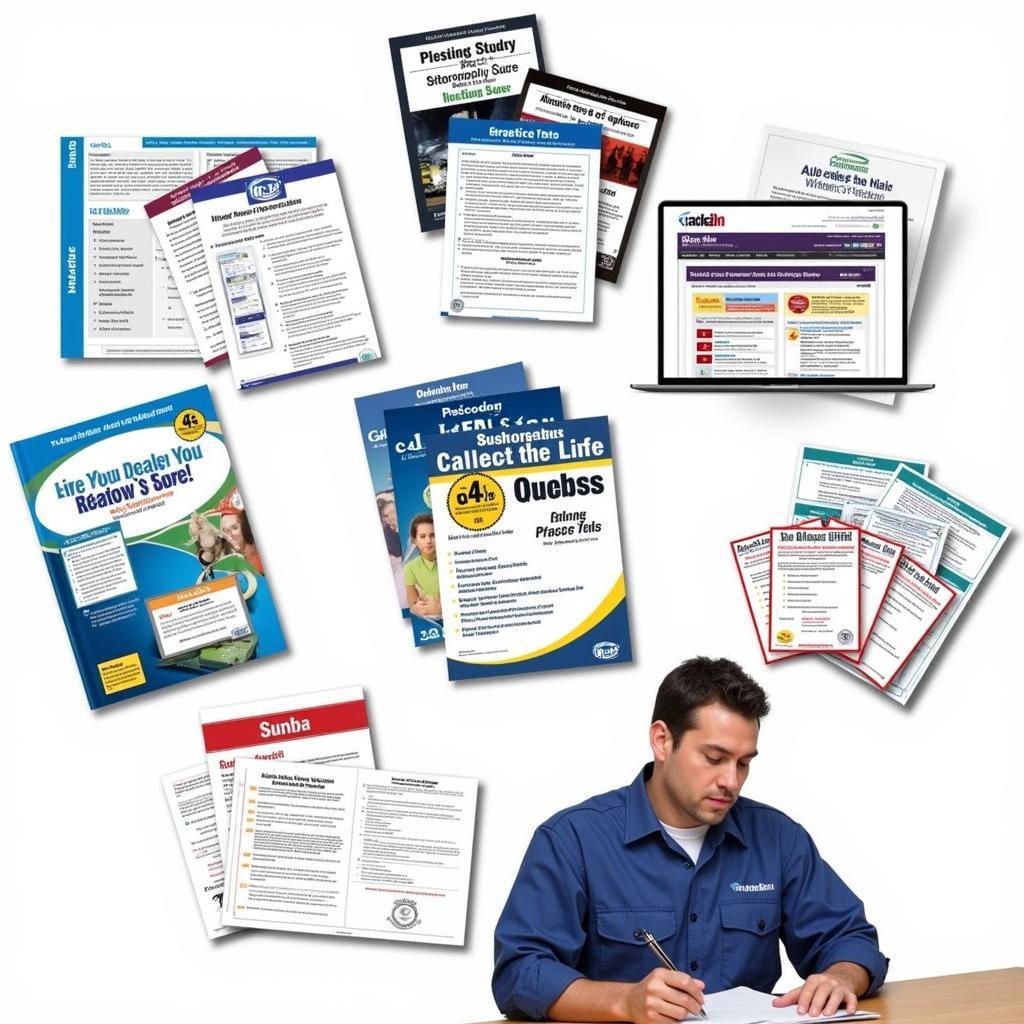ASEAN RVSM, or Reduced Vertical Separation Minimum, is a critical air traffic management initiative implemented across Southeast Asian airspace. It optimizes airspace utilization by reducing the vertical separation between aircraft from 2,000 feet to 1,000 feet in specific flight levels. This crucial change significantly increases airspace capacity, enabling more efficient flight routes and reducing air traffic congestion in one of the world’s busiest regions.
What is ASEAN RVSM and its Benefits?
ASEAN RVSM allows aircraft equipped with advanced navigation and altitude-keeping systems to fly closer together vertically. This increases the number of available flight levels, effectively doubling the capacity of airspace between Flight Level 290 (29,000 feet) and Flight Level 410 (41,000 feet). The benefits of ASEAN RVSM extend to airlines, passengers, and the environment. Airlines experience reduced flight times and fuel consumption, leading to lower operating costs. Passengers benefit from shorter journey times and potentially lower airfares. The environment benefits from reduced fuel burn and consequently lower emissions.
Implementing RVSM: Technical Requirements and Challenges
Implementing ASEAN RVSM required substantial investment in infrastructure and aircraft upgrades. Aircraft needed to be equipped with more accurate altimeters, altitude-keeping systems, and autopilot systems. Air traffic control systems also needed to be upgraded to handle the increased complexity of managing aircraft flying at closer vertical separations. One of the significant challenges faced during the implementation was the varying levels of technological development across ASEAN member states. Harmonizing these systems and procedures across the region required significant coordination and cooperation.
ASEAN RVSM: Enhancing Safety and Efficiency
Despite the challenges, ASEAN RVSM has proven to be a success. It has enhanced both safety and efficiency in the region’s airspace. Stricter aircraft maintenance and inspection requirements, coupled with advanced air traffic management technologies, have maintained a high safety record. The increased airspace capacity has enabled more direct routing, reducing flight times and fuel consumption.
The Future of ASEAN RVSM
The successful implementation of ASEAN RVSM demonstrates the region’s commitment to modernizing its air traffic management systems. Future developments are likely to focus on further optimizing airspace utilization, integrating new technologies, and enhancing regional cooperation. As air traffic continues to grow in Southeast Asia, initiatives like ASEAN RVSM will be essential for maintaining safe and efficient air travel.
FAQ about ASEAN RVSM
- What does RVSM stand for? RVSM stands for Reduced Vertical Separation Minimum.
- How does RVSM increase airspace capacity? RVSM reduces the vertical separation between aircraft, allowing more aircraft to operate within the same altitude range.
- What are the benefits of RVSM for passengers? RVSM can lead to shorter flight times and potentially lower airfares.
- Is RVSM safe? Yes, RVSM is implemented with rigorous safety standards and advanced technologies.
- Which countries in ASEAN implement RVSM? Most ASEAN member states participate in the RVSM program.
- What are the future plans for RVSM in ASEAN? Future plans focus on further optimization and integration of new technologies.
- How does RVSM impact the environment? RVSM reduces fuel consumption and emissions, benefiting the environment.
Conclusion: ASEAN RVSM has revolutionized air traffic management in Southeast Asia, enhancing safety and efficiency while also contributing to environmental sustainability. The initiative’s success underscores the importance of regional cooperation in addressing the challenges of a rapidly growing aviation sector. The continued development and refinement of ASEAN RVSM will be crucial for meeting the future demands of air travel within the region and beyond.
When needing support, please contact Phone Number: 0369020373, Email: aseanmediadirectory@gmail.com Or visit our address: Ngoc Lien Village, Hiep Hoa, Bac Giang, Vietnam. We have a 24/7 customer service team.
